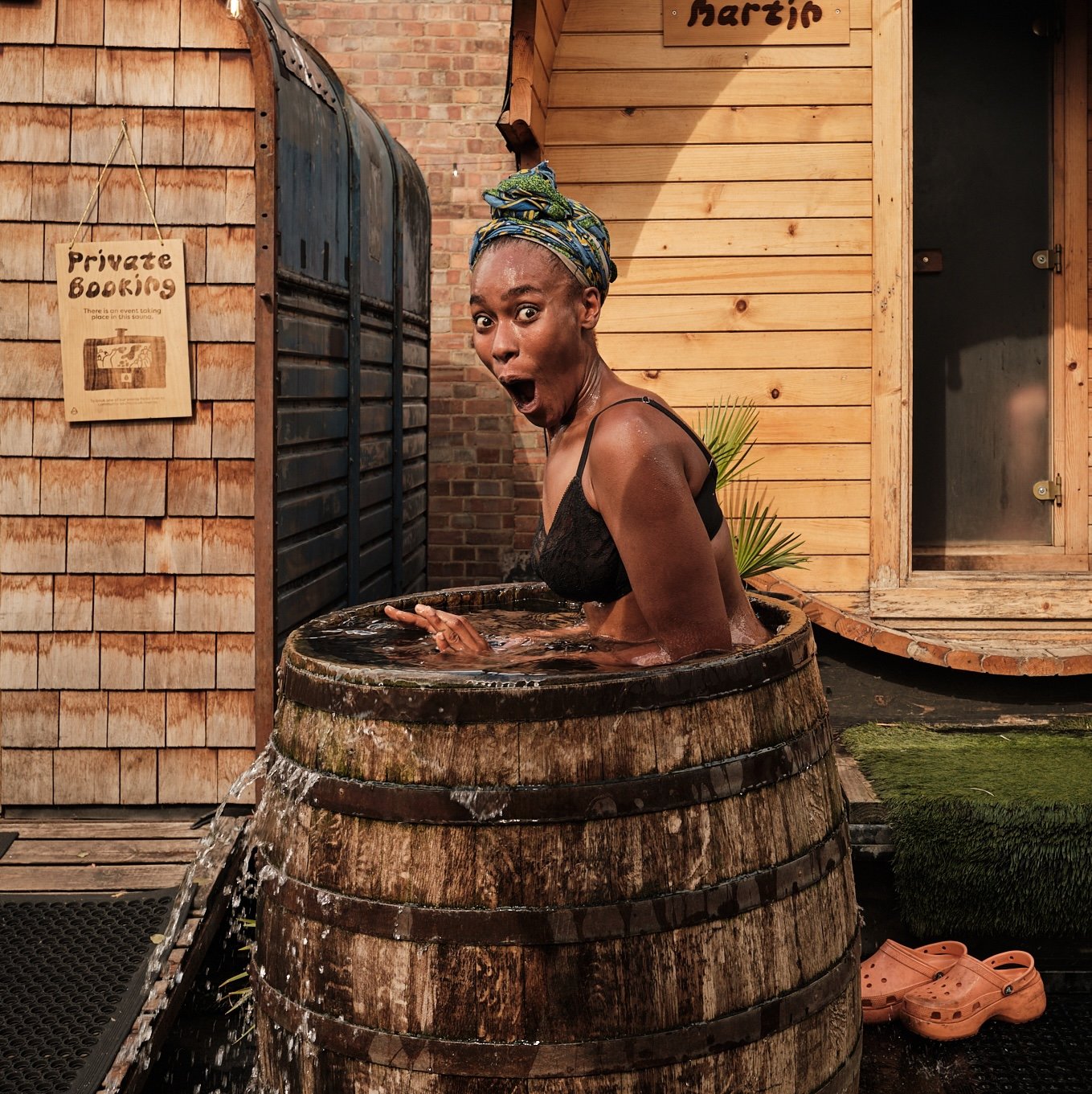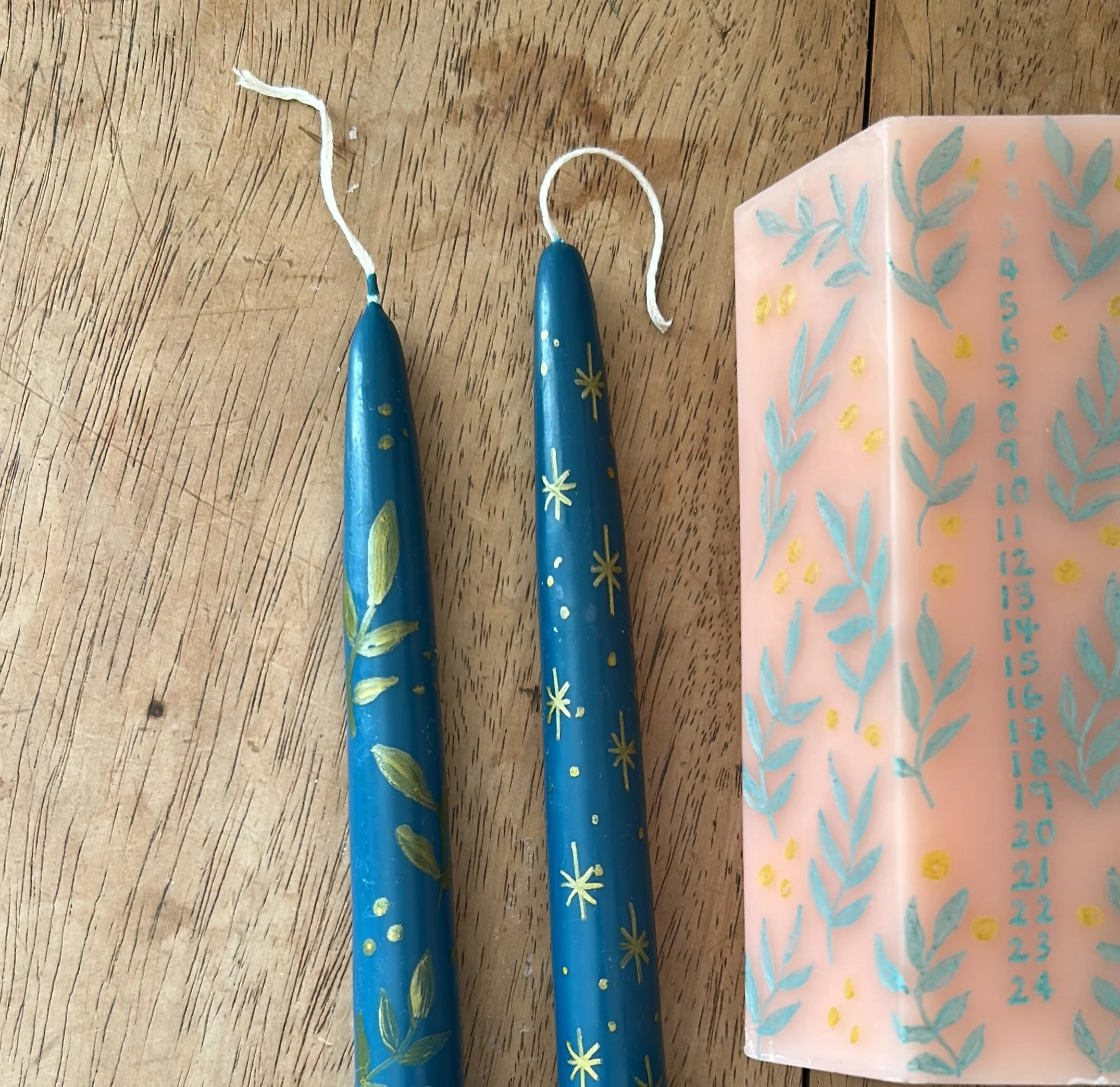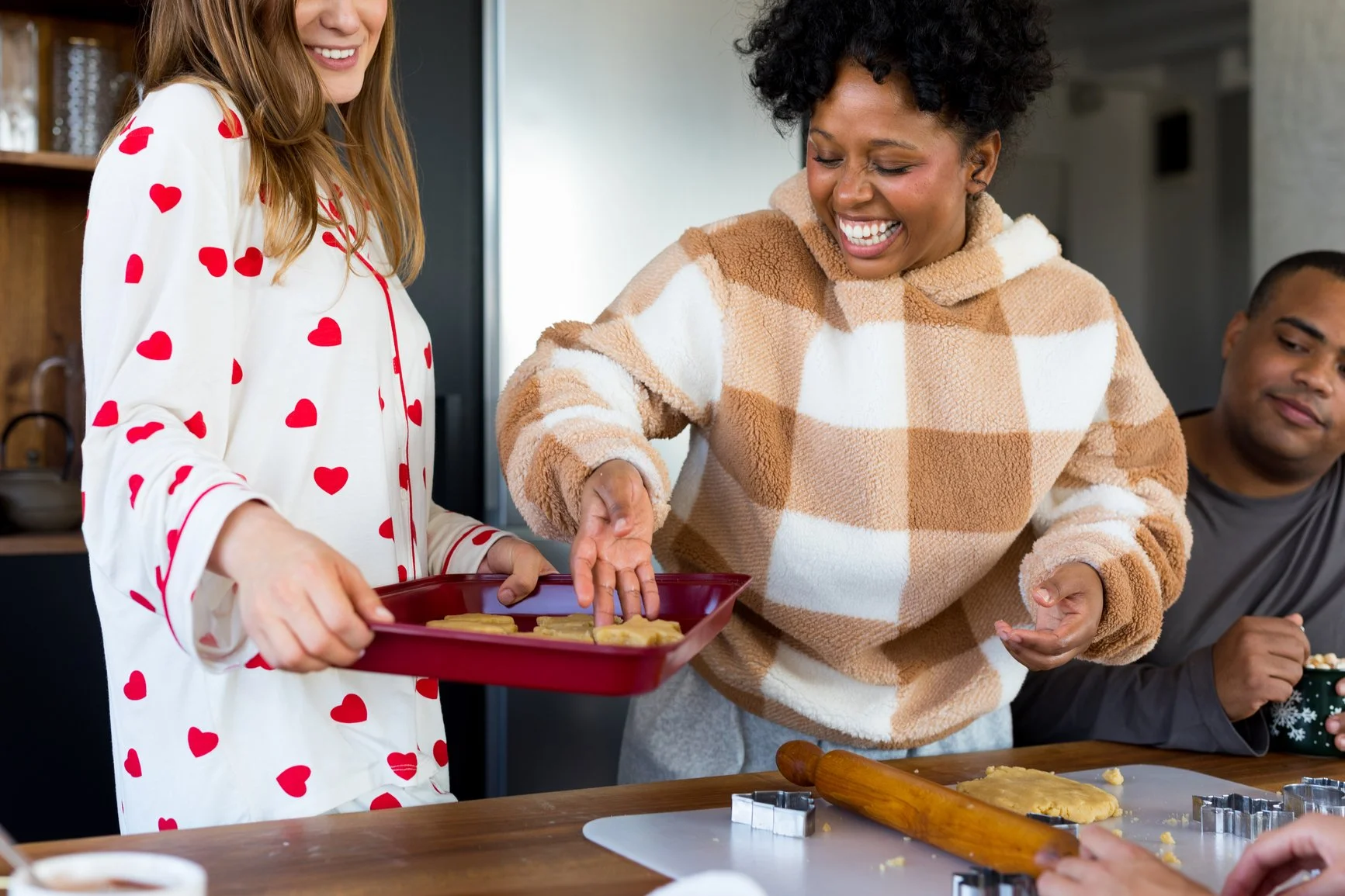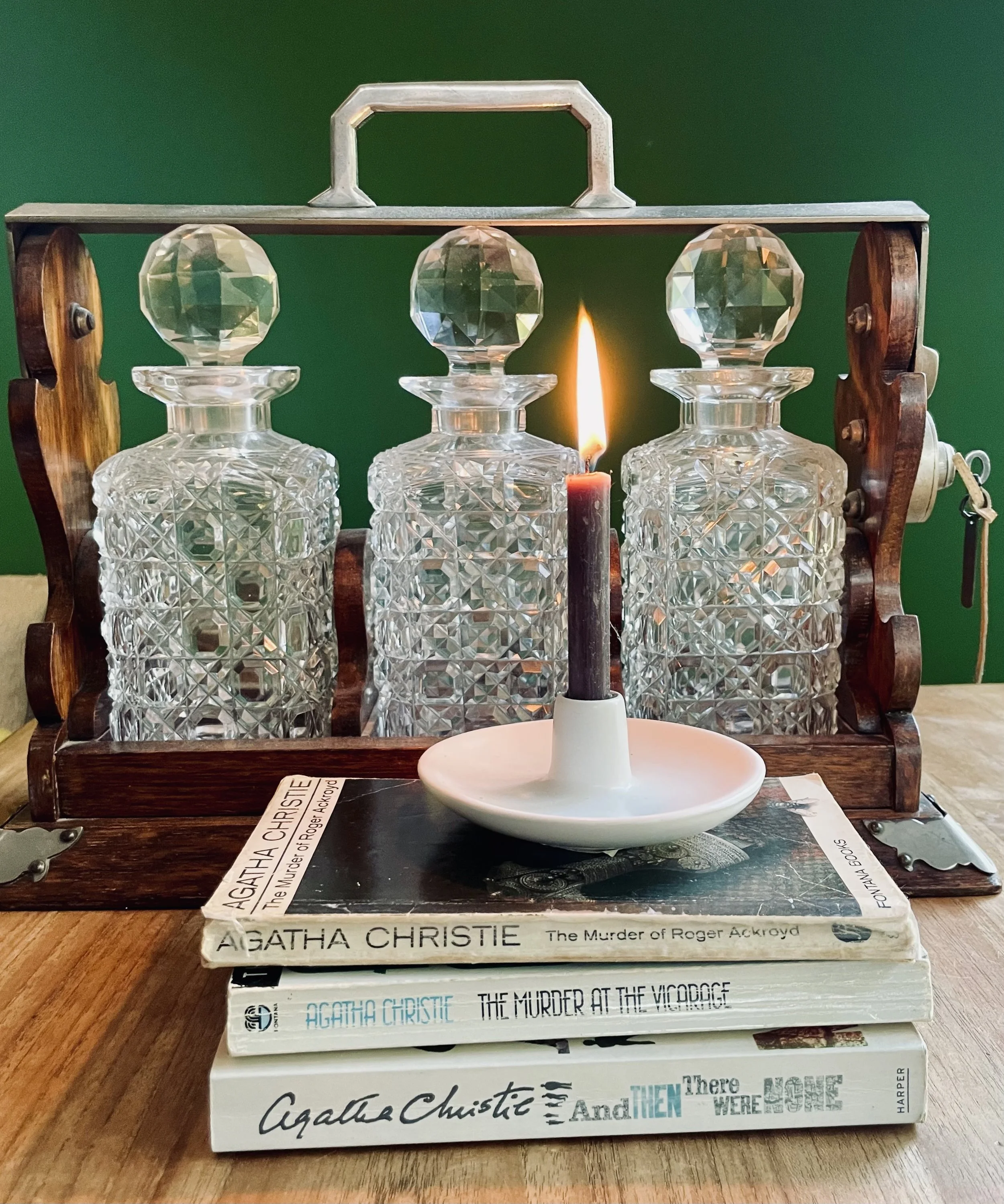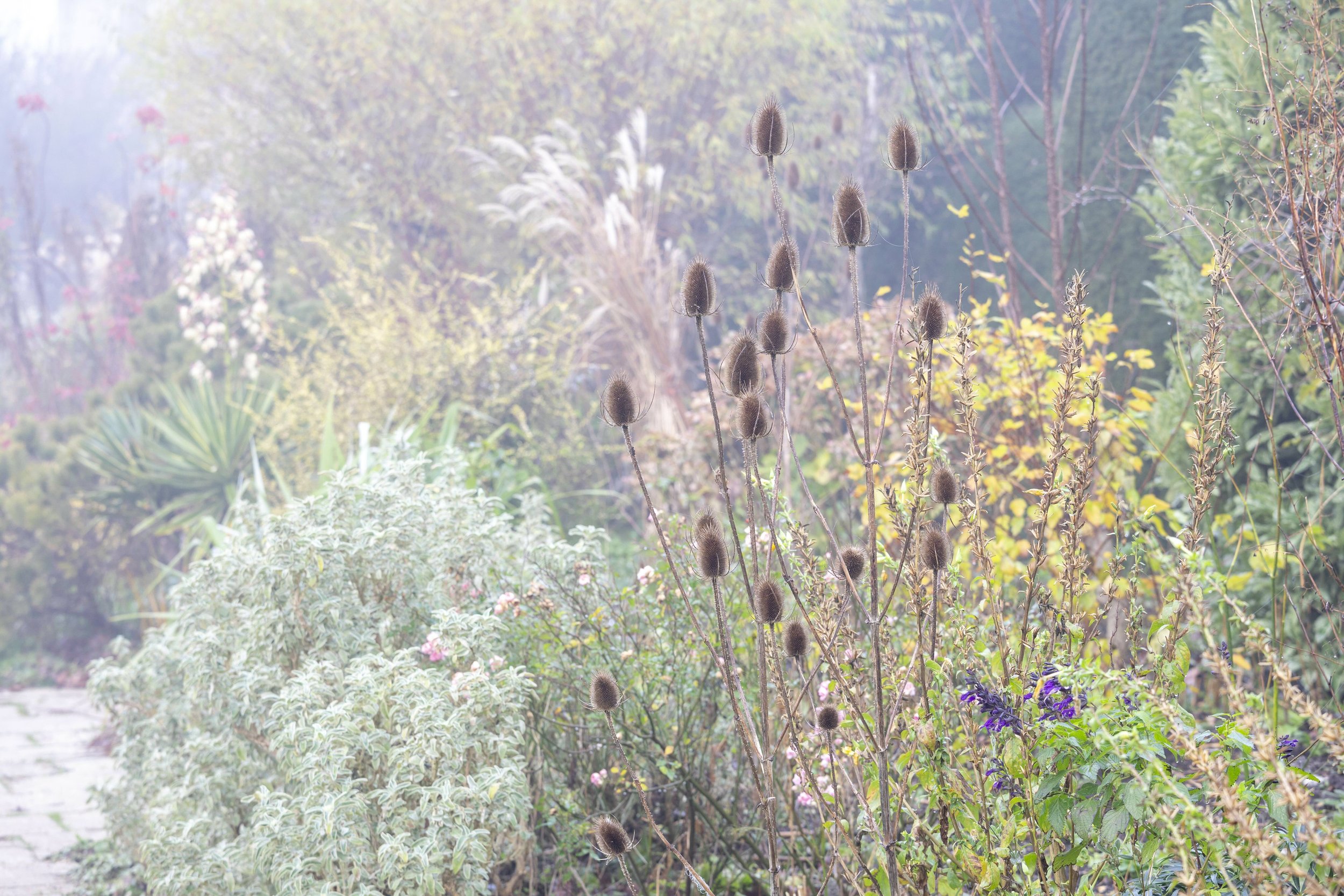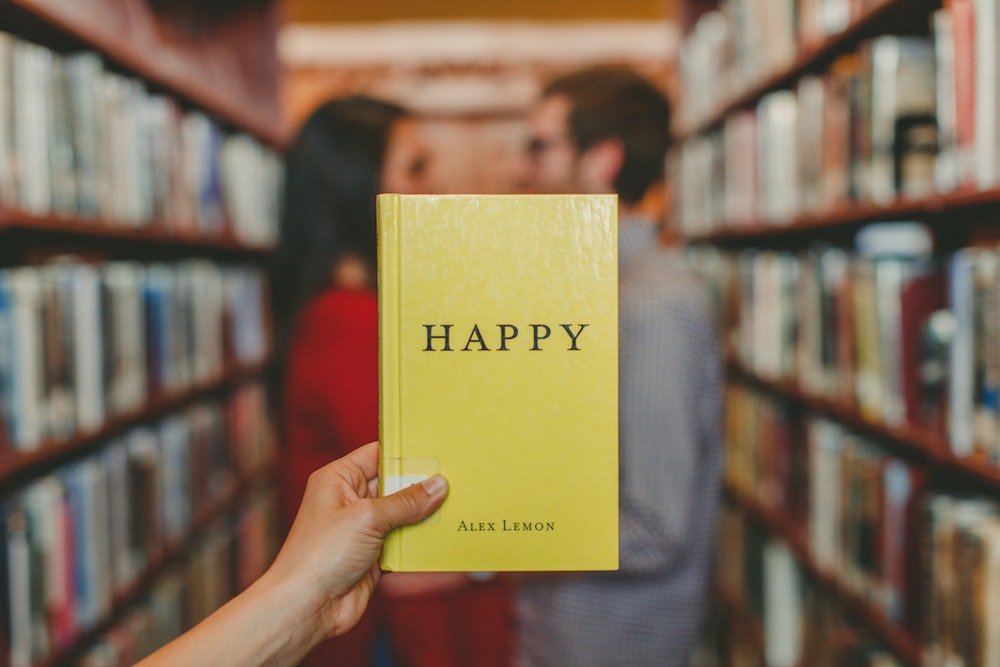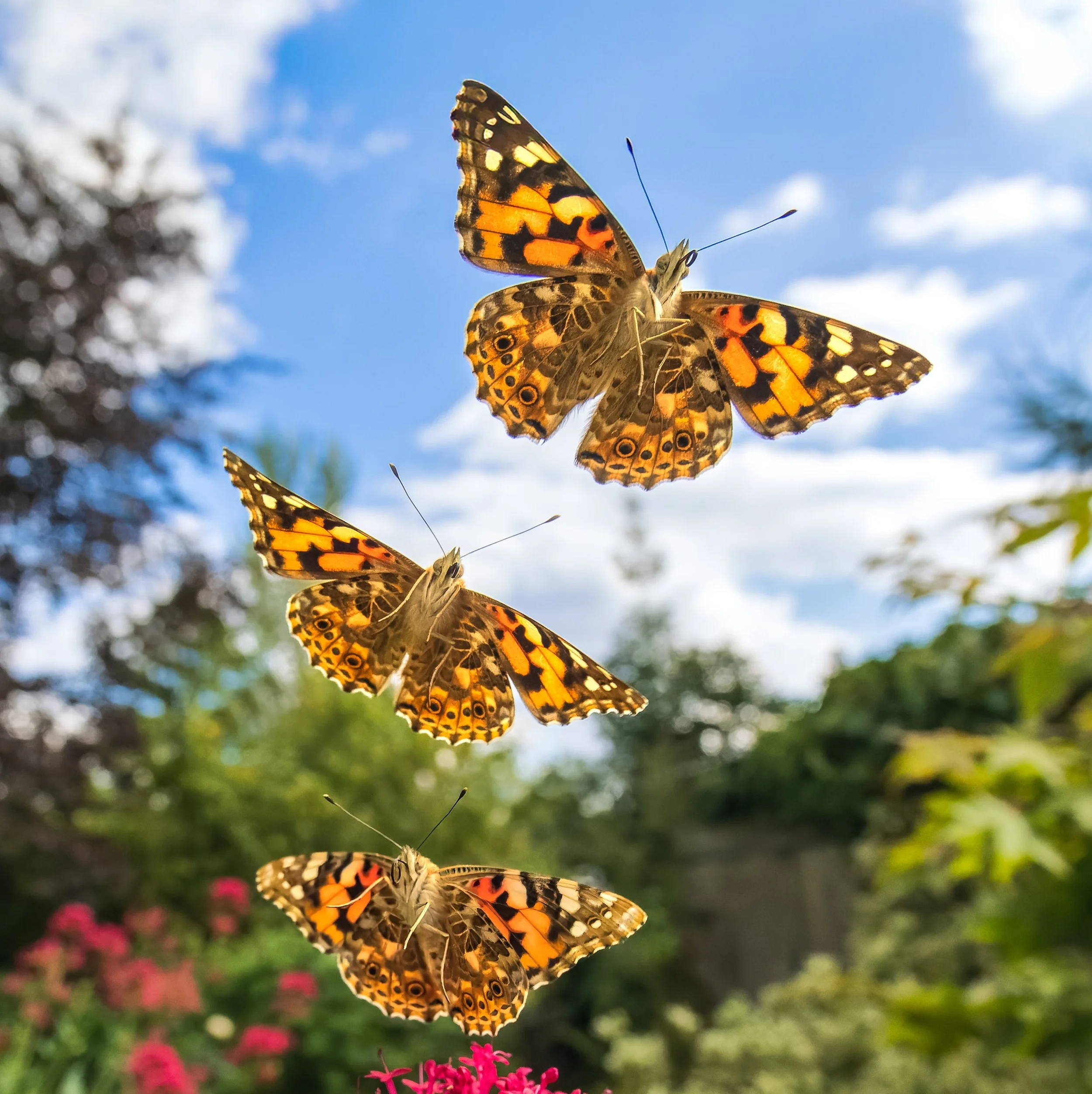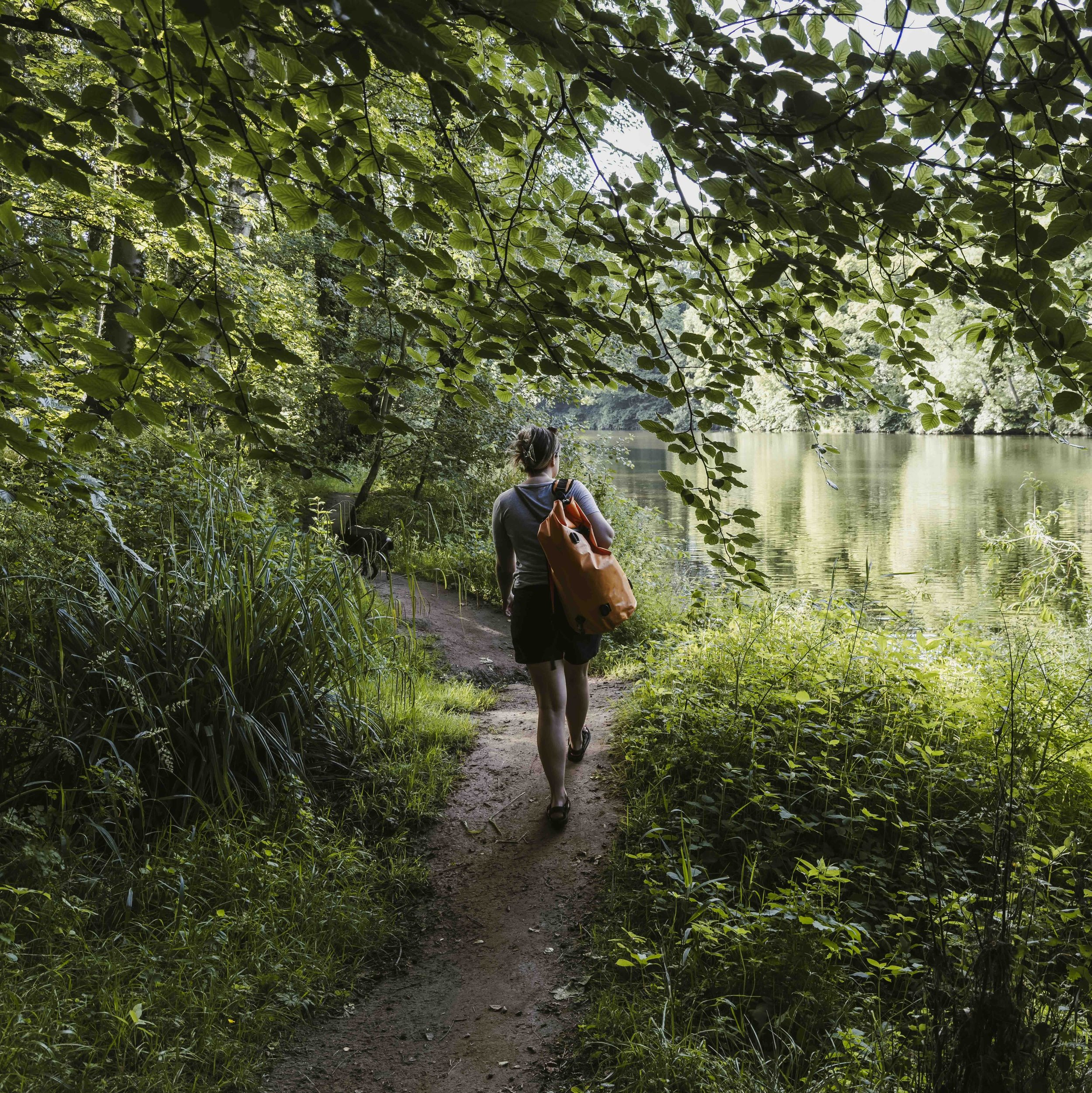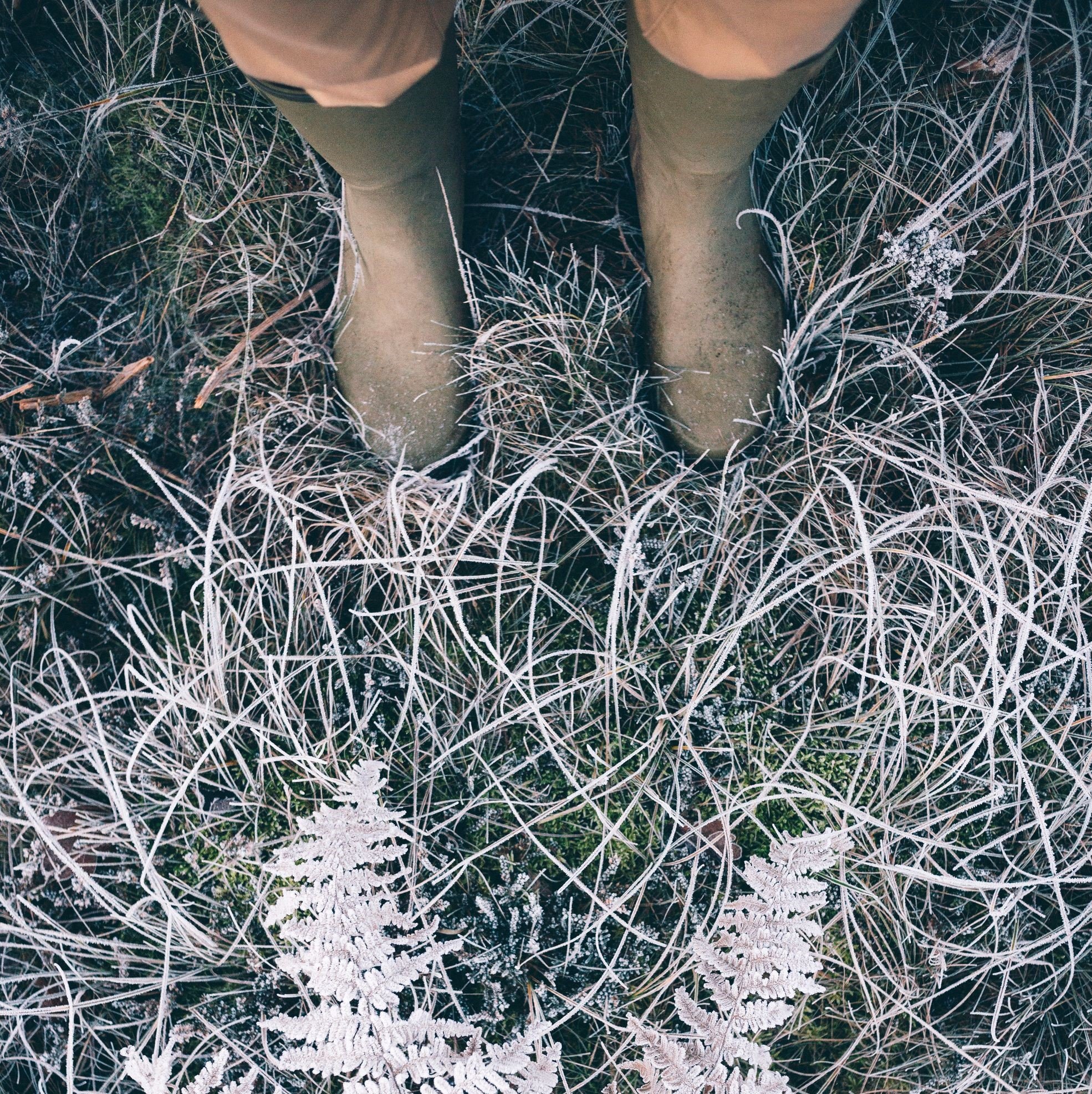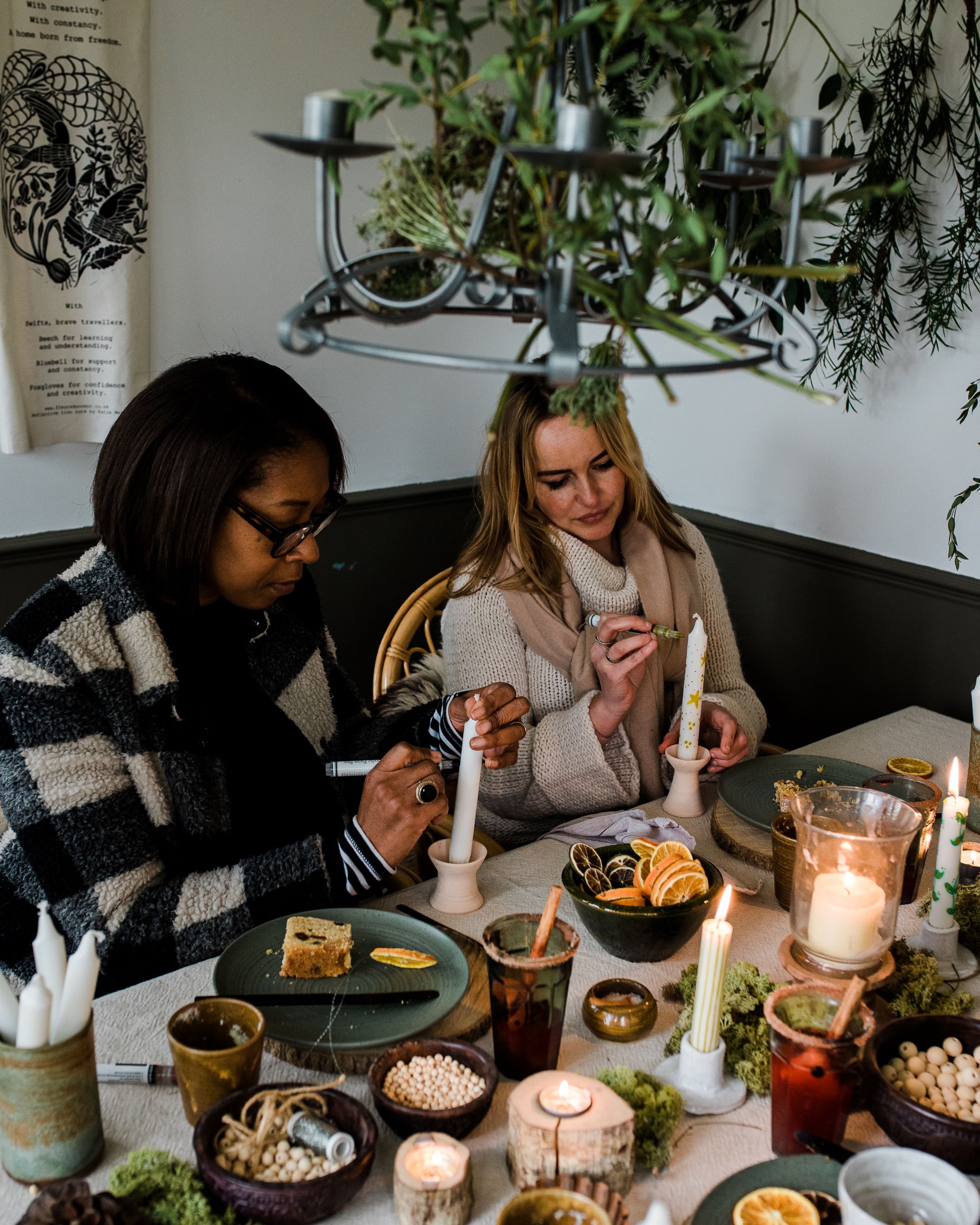Eating for wellness should never be about feeling worthy. Especially in winter when we need all the comforts we can get.
Here’s a recipe that includes natural ingredients that will help ward off winter bugs, but is also comfort on a plate. These Honeyed Blood Orange & Bay Truffles are a pleasure to make on a blustery afternoon and go beautifully with a massive cup of tea and a box set on the sofa.
Whipped into a glossy ganache with a hint of honey, these truffles are full of calming ingredients and immune-boosting properties, too. Because a little of what you fancy does you good.
Makes 12 truffles
90g dark chocolate, finely chopped
1-2 tbsp honey
1 blood orange
6 bay leaves
1 cinnamon stick (or ½ tsp ground cinnamon)
Pinch of flaky sea salt
1 Set a heatproof bowl over a small pan half filled with simmering water. Add the chocolate and 1 tablespoon of honey and allow it to gently melt – don’t stir as it can cause the mixture to split. Remove from the heat just before all the chocolate has melted.
2 While the chocolate melts, use a veg peeler to strip 3 long pieces of peel from the orange and place in a separate saucepan. Juice the orange and measure 100ml, then add the juice to the orange peel. Save 1 bay leaf for garnish and tear the edges of the remaining bay leaves, scrunching a little to help them release their natural oils and fragrance, then add to the pan along with the cinnamon and simmer for 10 mins.
3 Take the juice off the heat. Remove the bowl of chocolate from the pan. Set a fine sieve over the chocolate and pour the warm spiced orange juice over the mixture. Gently fold together until you have a glossy mixture. Taste and add more honey, if needed. If your chocolate splits, vigorously whip in 1 tbsp of boiling water (or hot cream) until the chocolate comes back together into a silky ganache.
4 Line a small loaf tin with greaseproof paper. Gently spoon the truffle mixture into the tin and pop it in the freezer to set for 10 mins.
5 Cut into little squares and finish with a dusting of flaky sea salt, a little grated orange zest and some fine slivers of bay leaf.
The truffles recipe is from our November feature, Winter Wellness, by Rachel de Thample, with photography by Ali Allen. The feature includes lots more delicious recipes to fend off winter bugs, including Chinese Chicken Soup, Black Garlic Marmite, Lemony Parsnip Houmous with Sage, Cavolo Nero Risotto and Pomegranate Fizz. You can find more easy ideas for supercharging your winter eating below and you’ll find all the recipes in the November ‘Jewel’ issue, in shops now.
More ways to super charge your winter eating.
Solar-power your mushrooms
Mushrooms are like sun sponges. They contain a compound called ergosterol which, when exposed to sunlight, transforms into vitamin D. Any mushrooms can be exposed to sunlight at any point to enrich their vitamin D content, even dried mushrooms from the supermarket that have been grown indoors under artificial light. Put the mushrooms in sunlight for 6-8 hours at any point up to a month before consuming them and they’ll experience the heightened levels of vitamin D. A good reason to incorporate more mushrooms into your diet in the winter, when sunlight is scarce and vitamin D levels are low.
Boost brassicas
The brassica family includes Brussels sprouts, kale, cabbage and cauliflower, and most of their health benefits are reaped when eaten raw – however, if you chop them 40 minutes before cooking, they produce a powerful antioxidant called sulforaphane. If you cut and cook straight away, the sulforaphane doesn’t have time to develop, so being organised means you get more from every bite.
Garlic without the breath
Chop or crush it and set aside for 10 minutes before using. This preserves the allicin in the garlic, keeping it intact during cooking. Research shows that allicin lowers blood sugar and cholesterol and, when you eat cooked garlic, you also avoid punchy raw garlic breath or the intense heat of raw consumption.
Squeeze lemon on your greens
History is rich with recipes tailored for health, especially in the East and much of the Mediterranean, where adding a squeeze of lemon to a salad or dark leafy greens is the go-to final flourish to make greens sing. Not only does the citrus enhance the taste but vitamin C-rich ingredients like lemon help you absorb more iron from foods like greens, which are a rich source.
Add cumin to dishes
Spices not only add warming comfort to food, but many are also great for digestion. Cumin is a particularly wonderful aid for cleansing the small intestine, which plays an important role in digestion in terms of nutrient absorption. Cumin is also thermogenic, so it can help boost your internal temperature, and improve circulation, thus serving as a proper winter warmer.
Buy this month's The Simple Things - buy, download or subscribe
More from our blog…

